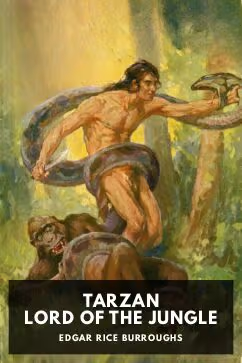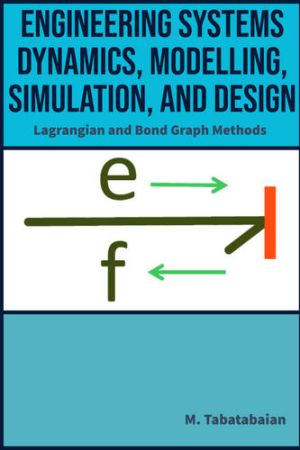Australopithecus Afarensis' Limited Running Speed Unveiled in 3D Simulation Study
A recent study using advanced 3D simulations has uncovered the running limitations of Australopithecus afarensis, an ancient hominin that lived over three million years ago. The findings highlight that while the species was capable of running, it could not match the speed or efficiency of modern humans. Insights from muscle mass estimates and digital models show how anatomical features like the Achilles tendon played a key role in the evolution of human endurance running

In a study published in Current Biology, researchers have revealed that Australopithecus afarensis, an ancient hominin species, exhibited a limited capacity for running. This small bipedal ancestor, which lived over three million years ago, was capable of running on two legs but could not match the speed or efficiency of modern humans. According to reports, these findings were achieved through advanced 3D simulations, providing insights into the muscular and skeletal adaptations that have evolved in the human lineage.
Insights from 3D Models
Researchers led by Karl Bates, an evolutionary biomechanics expert at the University of Liverpool, utilised a 3D model of the iconic "Lucy" skeleton, a near-complete specimen of A. afarensis discovered in Ethiopia, as per sources. Muscle mass estimations were derived from modern apes and applied to the fossil data. Through computer simulations, the team evaluated Lucy's running capabilities against those of a digital model of a modern human.
The analysis revealed that Lucy could run, but her speed peaked at approximately five metres per second. In comparison, modern humans in the model reached speeds of about eight metres per second. Reports attribute this disparity to Lucy's anatomical structure, including her lack of a lengthened Achilles tendon and other features crucial for endurance running.
Energy Efficiency and Muscular Adaptations
The study also explored energy expenditure during running by modifying Lucy's digital model with modern human-like ankle muscles. When these muscles were incorporated, the energy costs of running became similar to those observed in animals of a comparable size. However, replacing these muscles with ape-like features significantly increased energy demands, highlighting the importance of muscular and tendon adaptations in the evolution of human endurance running.
Herman Pontzer, an evolutionary anthropologist at Duke University, commented to Nature that the study offers a comprehensive approach to understanding human evolution. The researchers plan to expand their investigation into fatigue and bone strain to further assess the physical limitations of A. afarensis in endurance activities.












)

























































